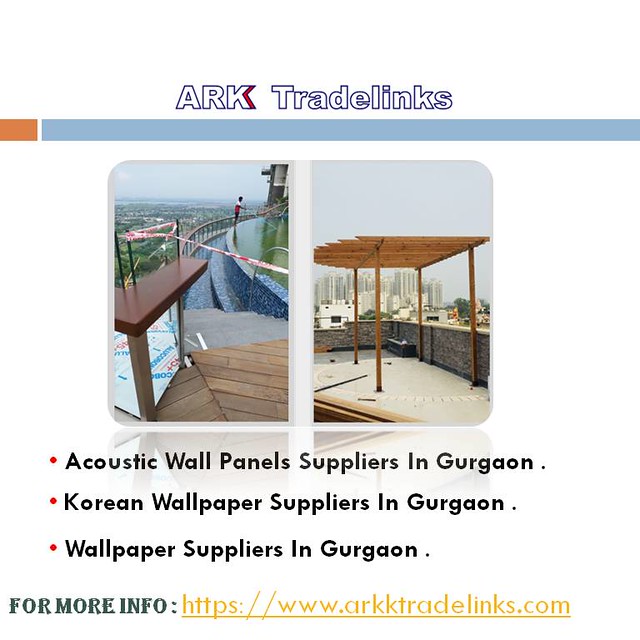The Importance of Hotel Lobby Interior Design
Traditionally, hotel lobbies have been one-purpose spaces where guests check in and get information from the front desk. Today, travelers expect more from their hotel experience.
Integrating a sense of place into the design of a hotel lobby is a great way to connect with local culture and help guests feel at home. For instance, offering coffee table books that match the hotel’s aesthetic and location is an easy way to do this.
Multi-Function Lobby
While aesthetics are important, hotel lobbies need to focus on their function first and foremost. If your hotel has a beautiful lobby but it is not functional, guests will be disappointed. It is a good idea to develop a clear understanding of the functions your lobby needs to perform for different types of travelers. For example, families may require more space to store their luggage while waiting for an available room and business travelers often need a desk to work from.
Increasingly, hotel guests are looking for more than just a place to sleep and relax. They want to feel connected to people and enjoy a social environment. This can be achieved by introducing a range of social zones within the lobby area that are appropriate for different types of travelers. It is possible to design these spaces with comfortable furniture and the right lighting to create a sense of community.
Other elements that can help to promote a relaxing atmosphere include natural materials, soothing color schemes, and background music. Some hotels also add a brochure rack that outlines local attractions, but this is not essential for every hotel. Some hotels find that adding a simple water and mint station, or even offering a few board games, is a great way to make guests feel welcome in the lobby and encourage interaction with other guests.
Relaxing Atmosphere
With so much to see and do in hotel lobbies, it’s important to design them on a scale that is conducive to the amount of time guests want to spend in them. Larger lobbies can support more offerings like coffee shops, newsstands, and small cafes. This can generate additional revenue while making the experience of staying at the property more enjoyable for travelers.
Visual comfort in a lobby is one of the key factors that influences consumer satisfaction and motivation to consume. It’s influenced by lighting, wall color, and decoration style, among others. Using soft furniture, soothing colors and natural elements can create a warm, relaxing atmosphere.
The acoustics of a lobby should also be considered. A high level of hotel lobby interior design reverberation can deafen loud music or amplify soft sounds, making it difficult for guests to relax and enjoy their stay. Adding carpeting or other soft furnishings can help to control sound reverberation and reduce noise levels.
For a cozy, relaxing ambiance, consider playing background music with a light melody and few vocals. Genres like jazz, acoustic guitar, and classical music can create the right mood. This type of music can be played in the hallways, outdoor locations and in the lobby during the day or evening.
Personalized Service
When it comes to hospitality, hotel guests expect a personal touch from a staff that makes them feel welcome and reassured they made the right choice. The lobby is the first point of contact and sets a tone that defines their experience. This is why many hotels are re-thinking how their lobbies operate. Some are removing front desks altogether, and instead opting for stations that provide social hospitality like champagne toasts or tables that offer workspaces for business professionals.
Other perks to include in your hotel lobby design are concession areas that allow guests to get snacks and drinks without having to leave the property. This saves them time and money while boosting your revenue.
Lastly, consider incorporating premium wood panels into your hotel design to add warmth and contrast. Whether you use modern linear or panel grille wood panels, the rich texture and natural finish adds an aesthetic that is both stylish and inviting.
Another way to make your hotel lobby feel more personalized is by showcasing curated artwork or cultural touches in the space. This adds a touch of personality to your hotel, and is sure to spark conversations with visitors. The ambiance can be enhanced further by using subtle scents such as rose, lavender, and sage to create a relaxing atmosphere. You can also use a variety of furniture pieces such as plush seating, cozy nooks and coffee tables to create the perfect lounge area.
Flexibility
With every sense playing a role in the initial impression guests form, it is crucial to include a variety of sensory elements to create an inviting atmosphere for your hotel. The use of furniture, lighting, scents and music can help to create a relaxing ambiance that is easy for guests to relax in and engage with the space and your brand.
For example, choosing a comfortable armchairs that are easily paired with coffee tables is an excellent way to add flexibility to your lobby area. This allows you to accommodate guests with different needs, such as catching up on emails or enjoying a drink with friends.
Another great option is to Residential Furniture add a few areas of interaction to your hotel lobby design, such as video games and screens that can be used by families or colleagues. This helps to increase guest engagement and can also boost food and beverage revenue, bringing additional profits into the hotel.
Lastly, it is important to incorporate local elements into your hotel lobby interior design. This is a great way to differentiate your property from the competition and provide guests with a more authentic experience. Integrating local artwork, crafts and design motifs gives guests the opportunity to connect with their culture, heritage and traditions and fosters a sense of belonging. This enhances the overall guest experience and increases brand loyalty.


